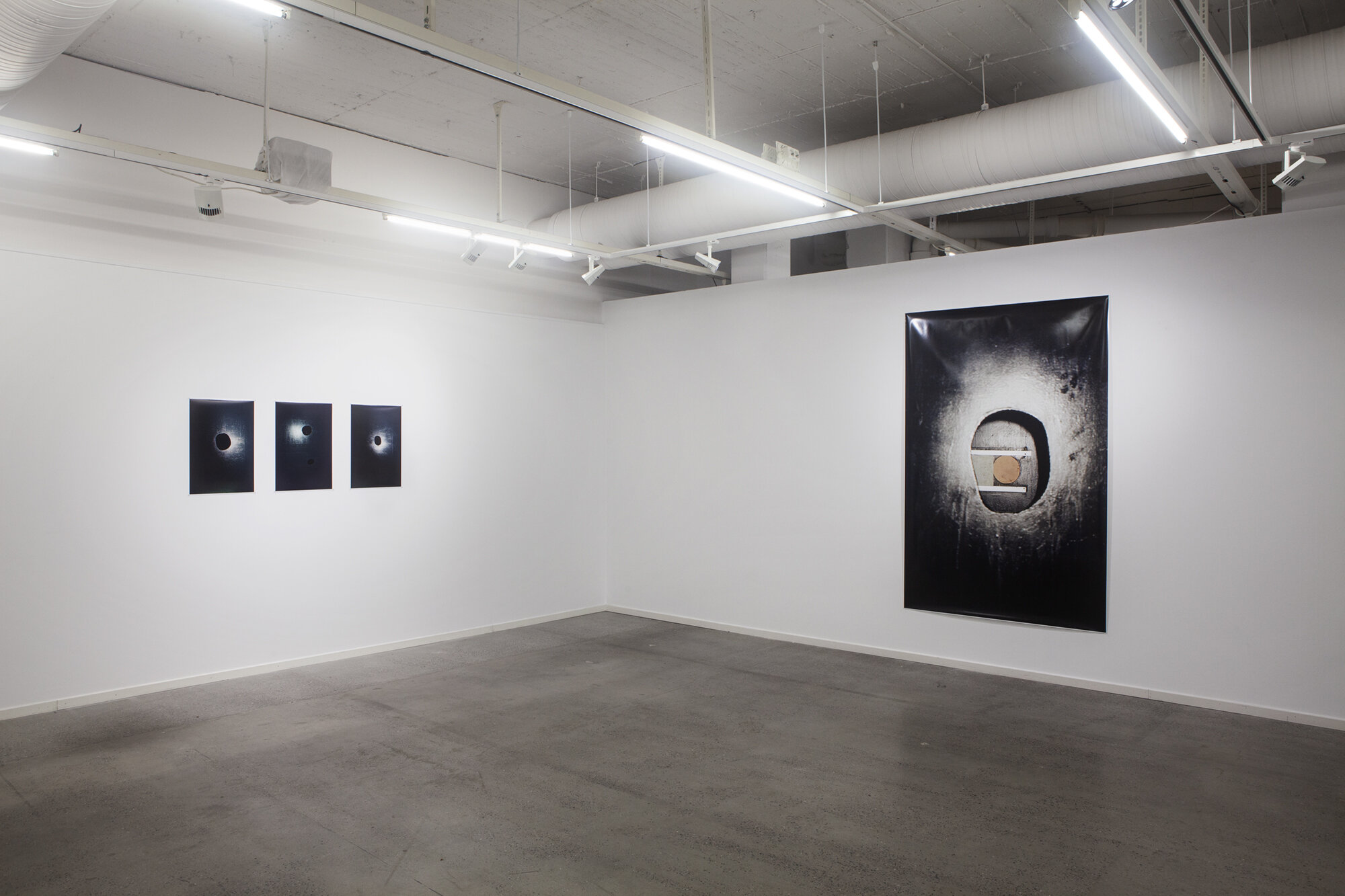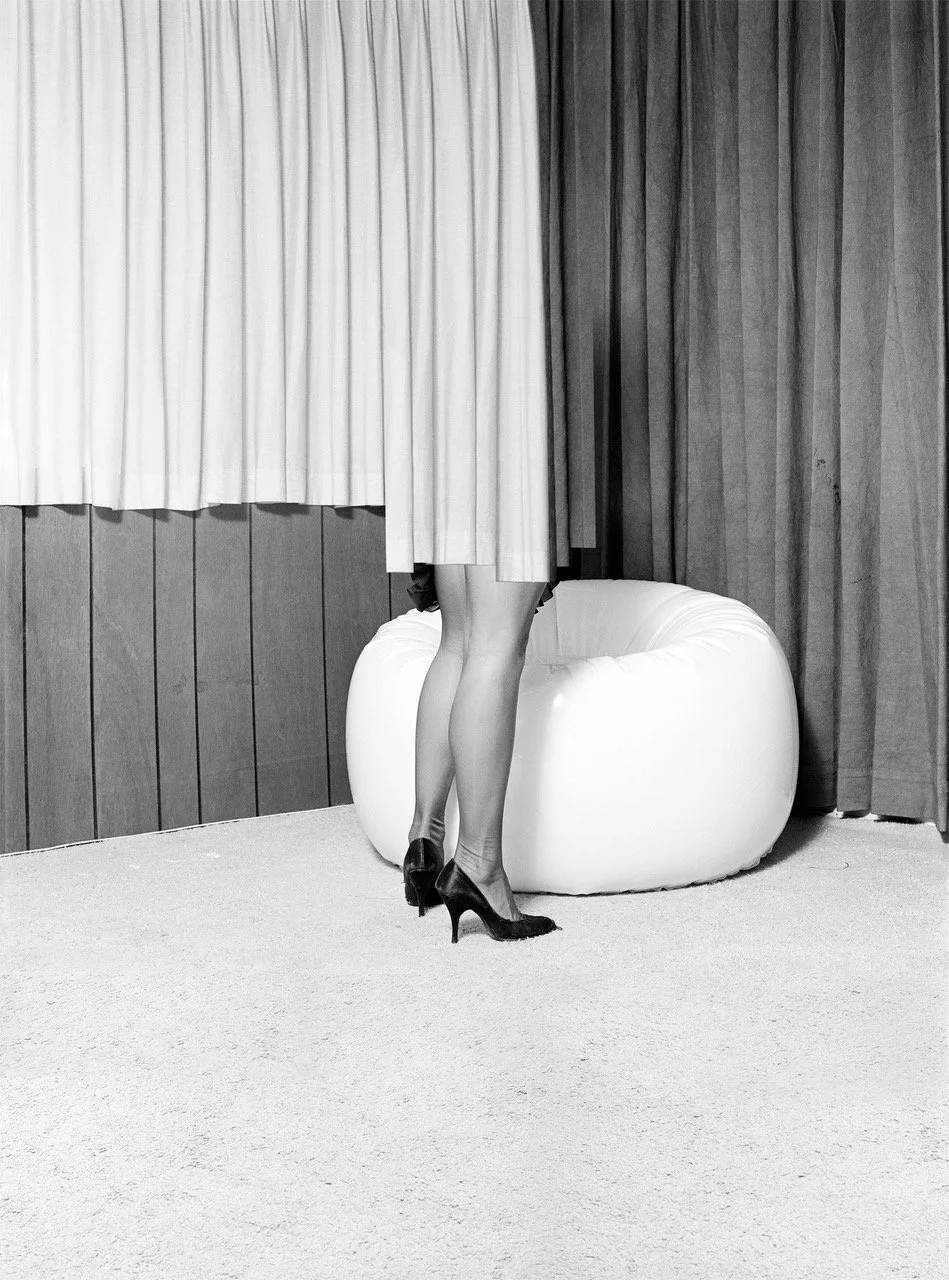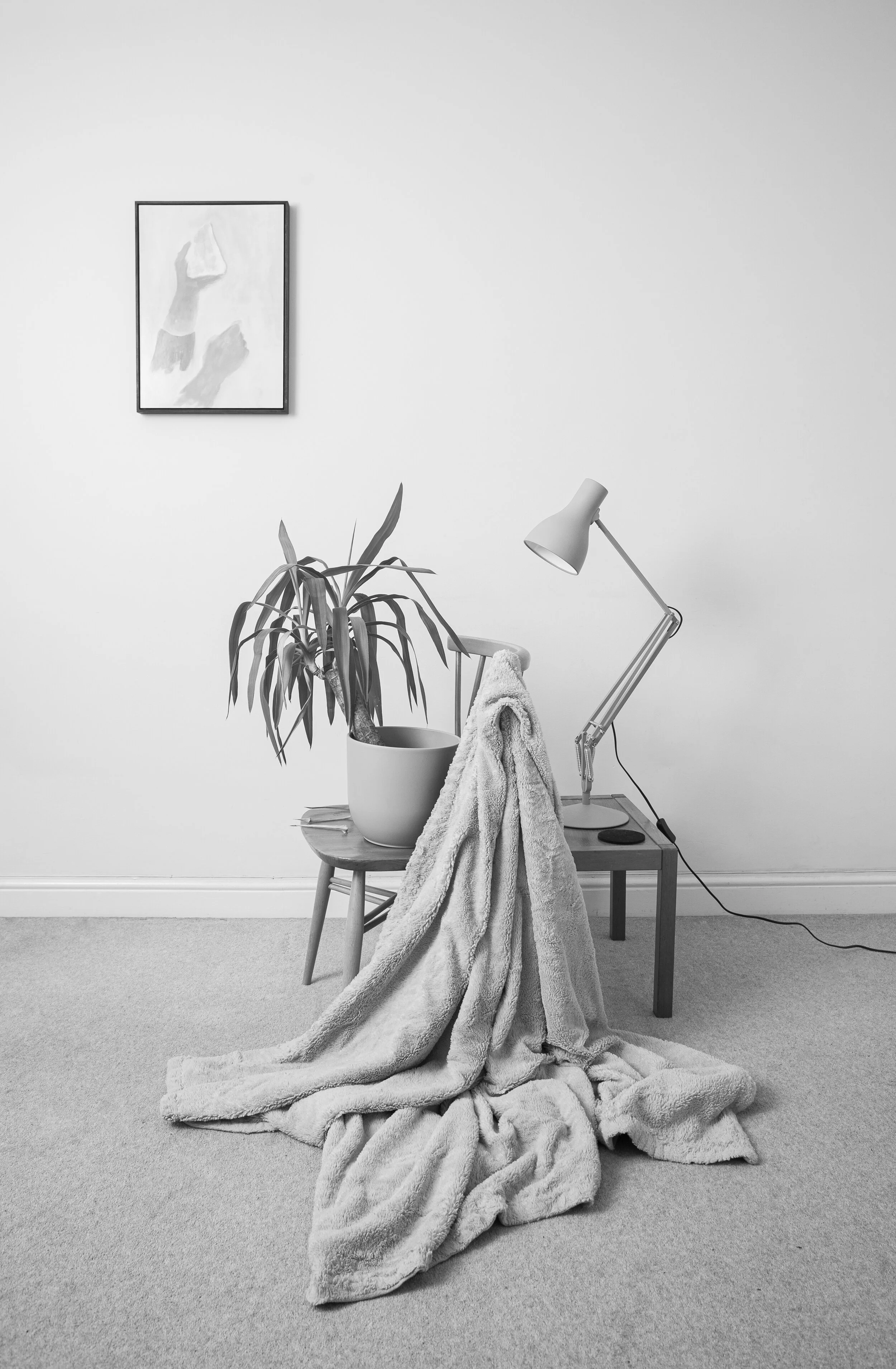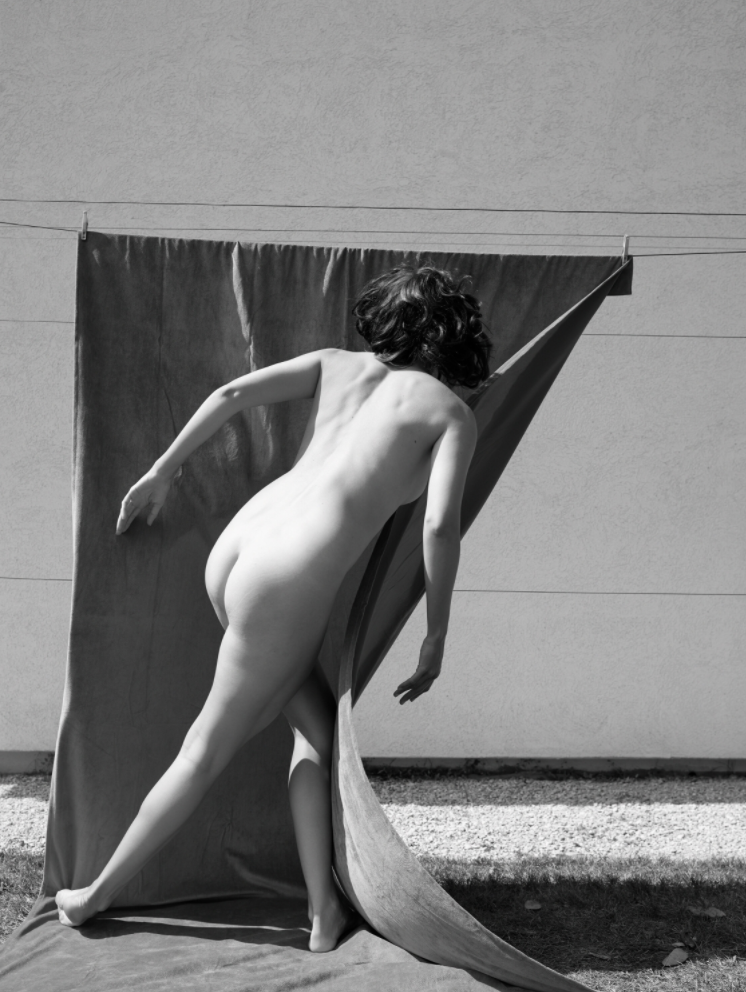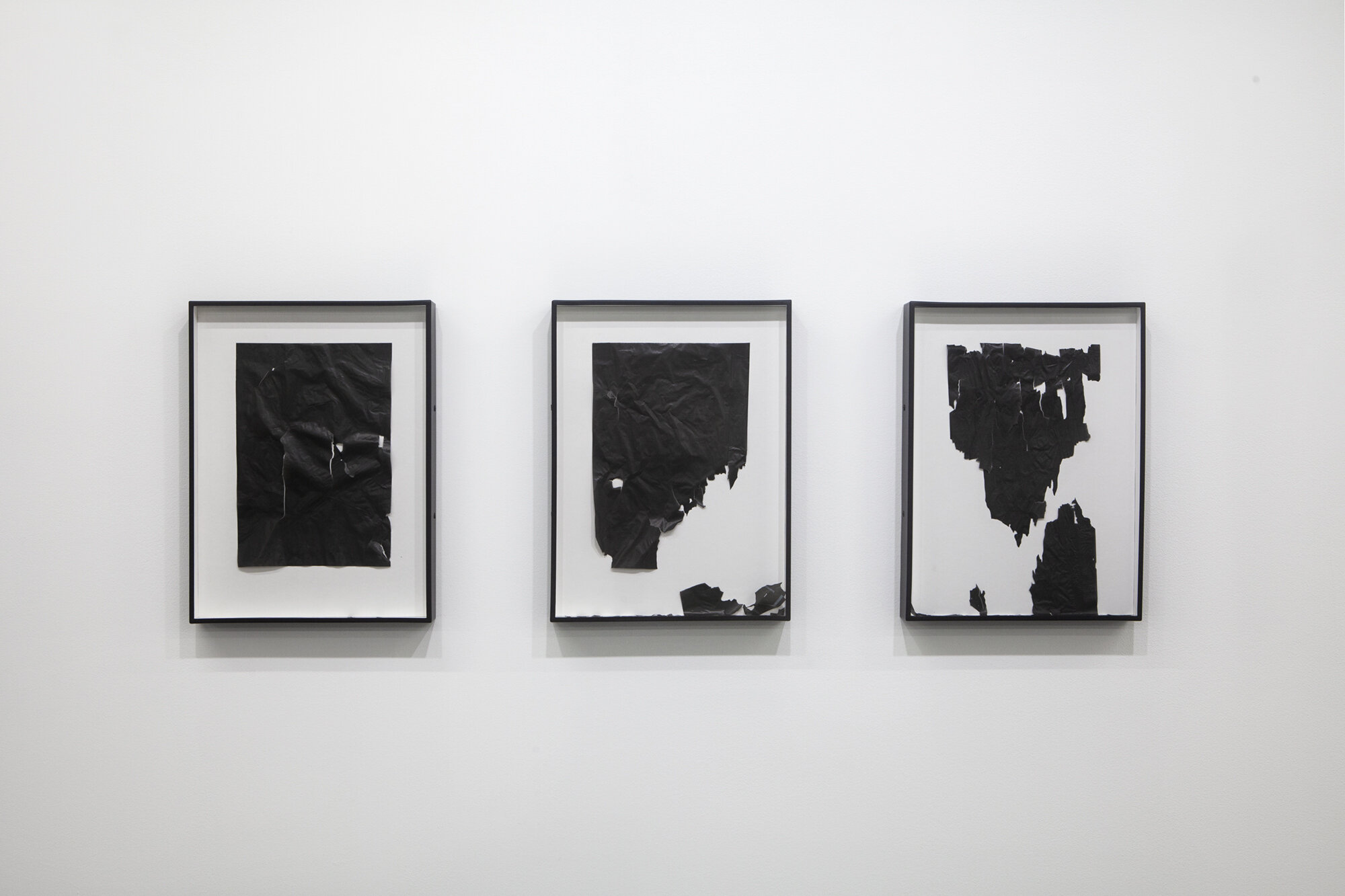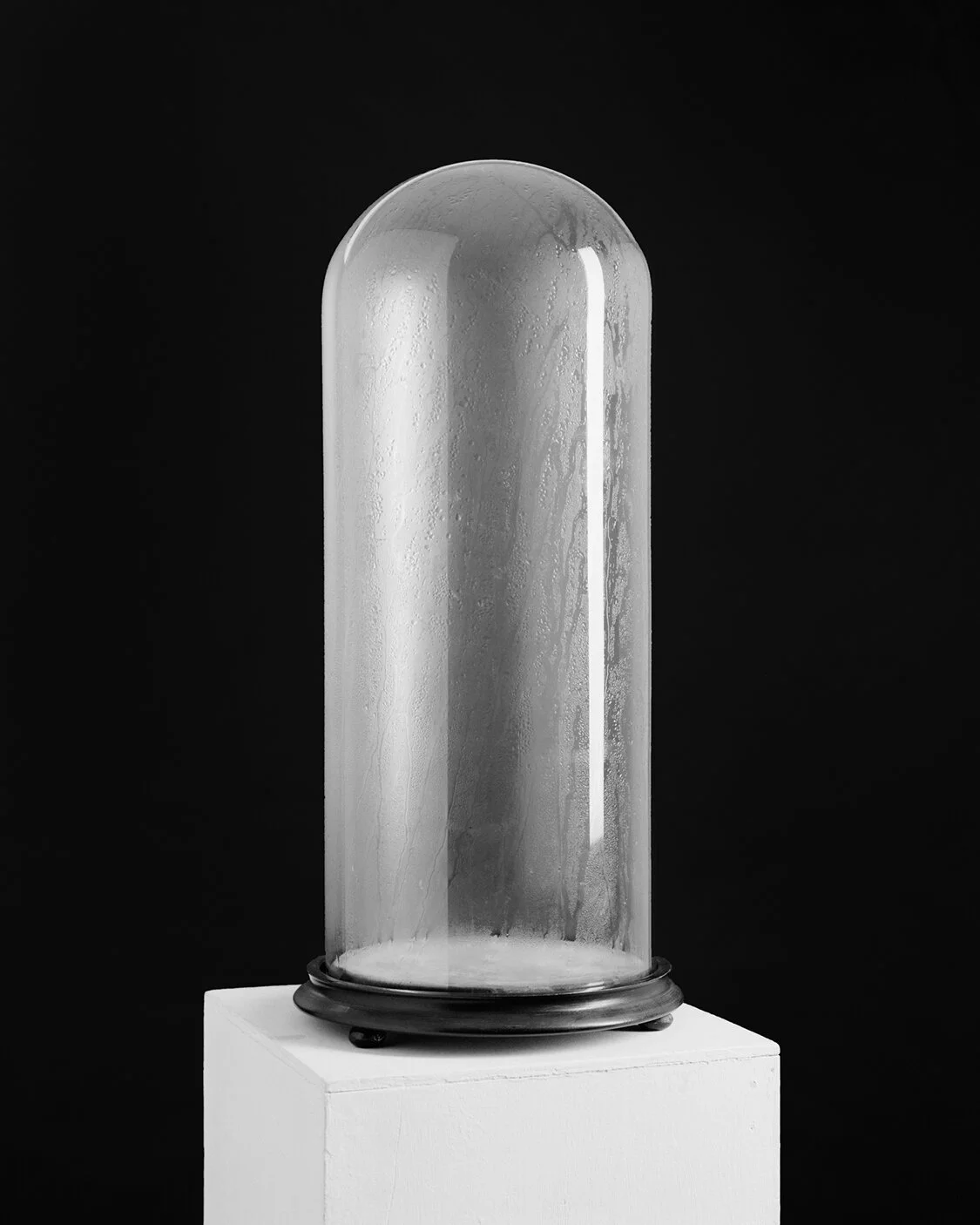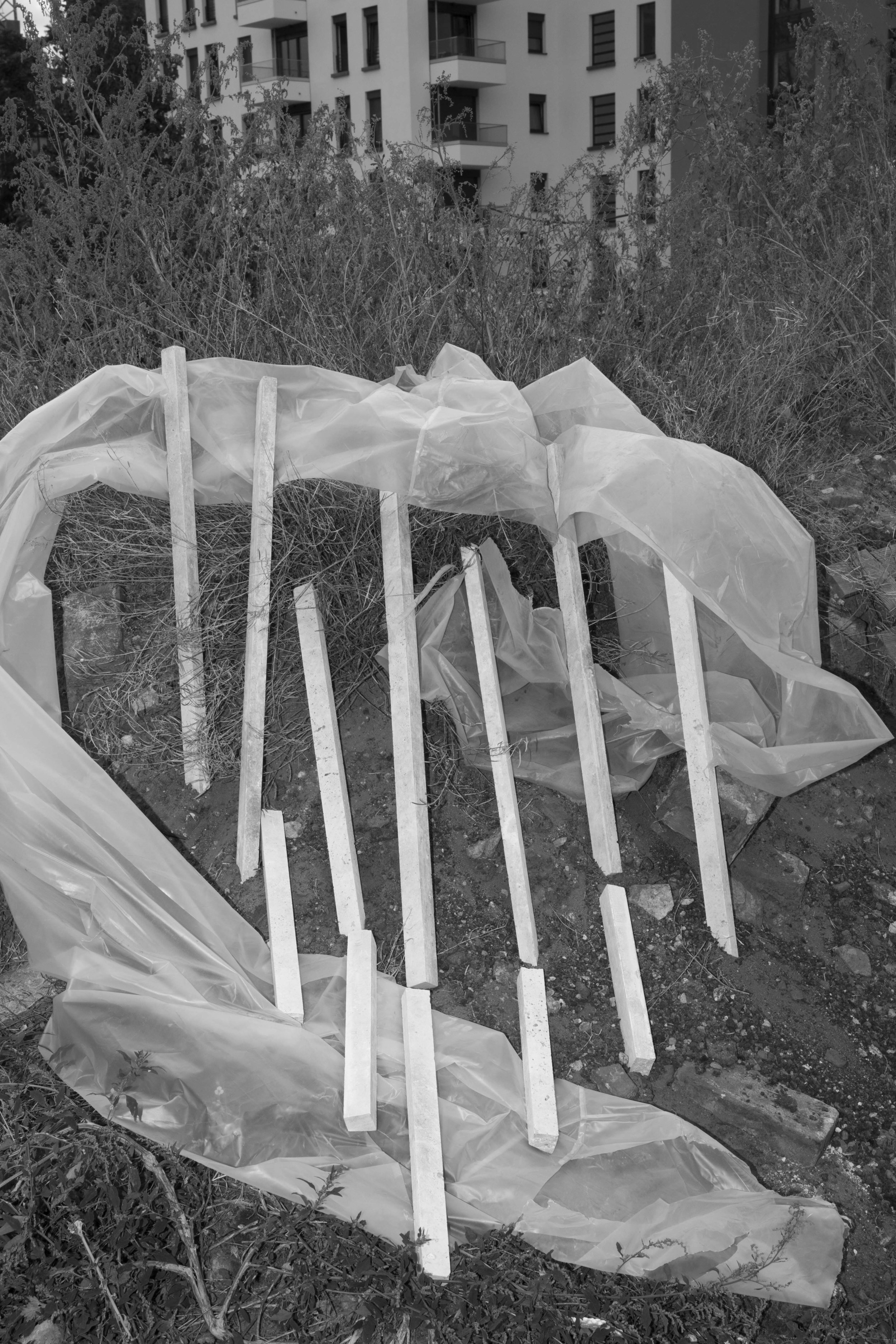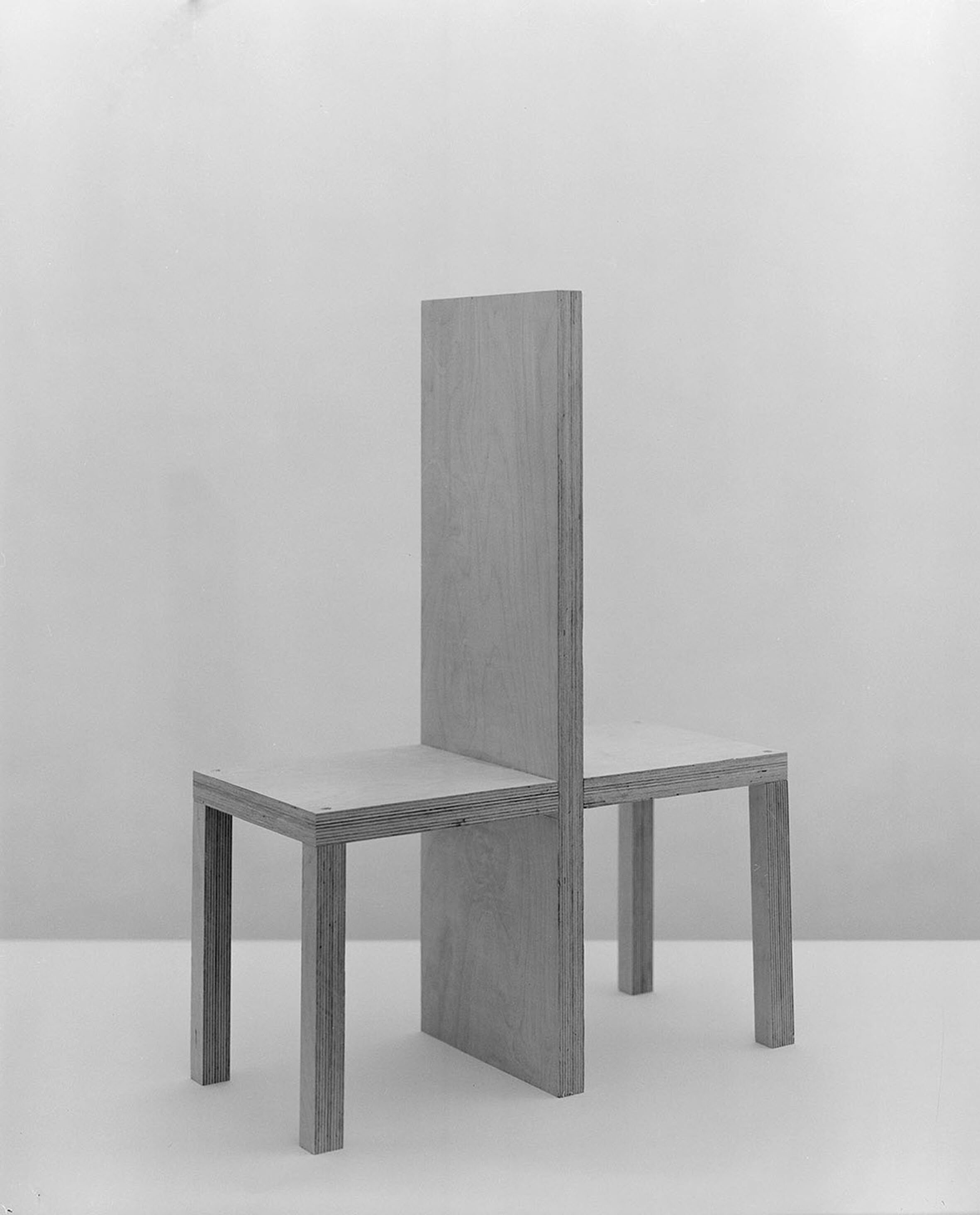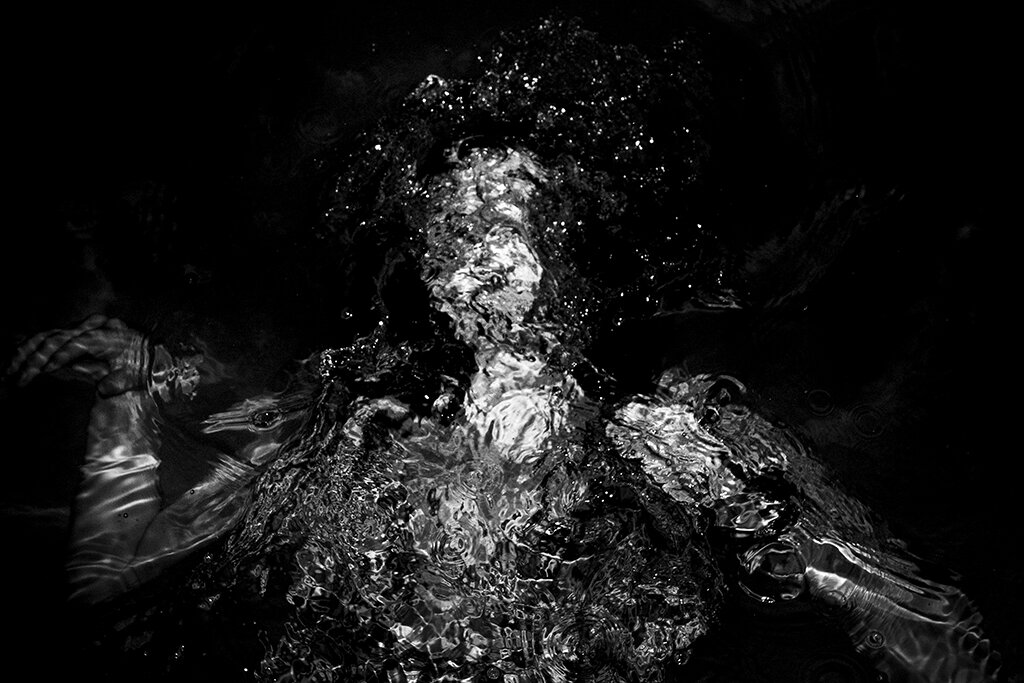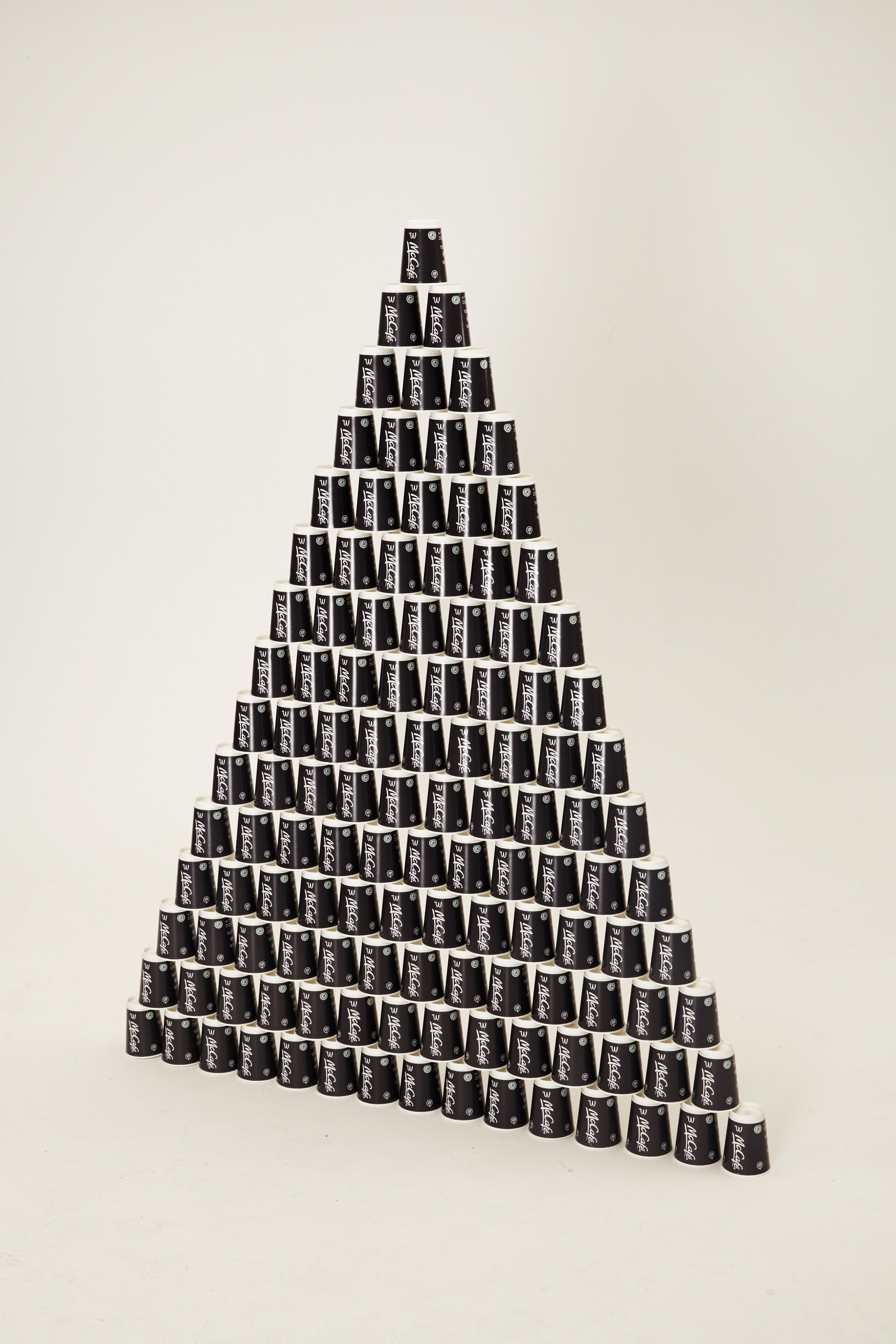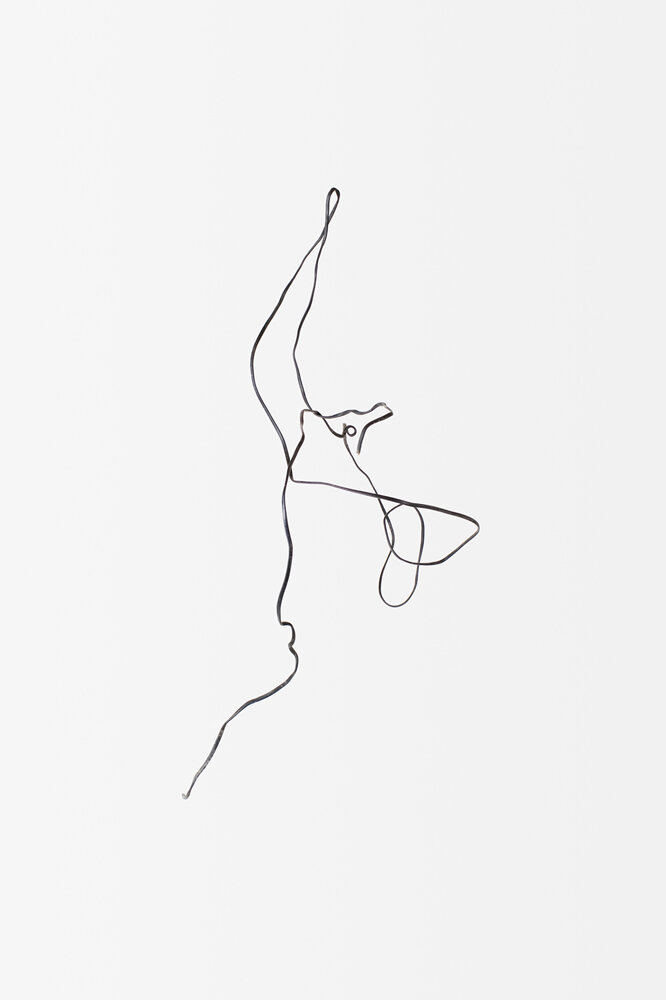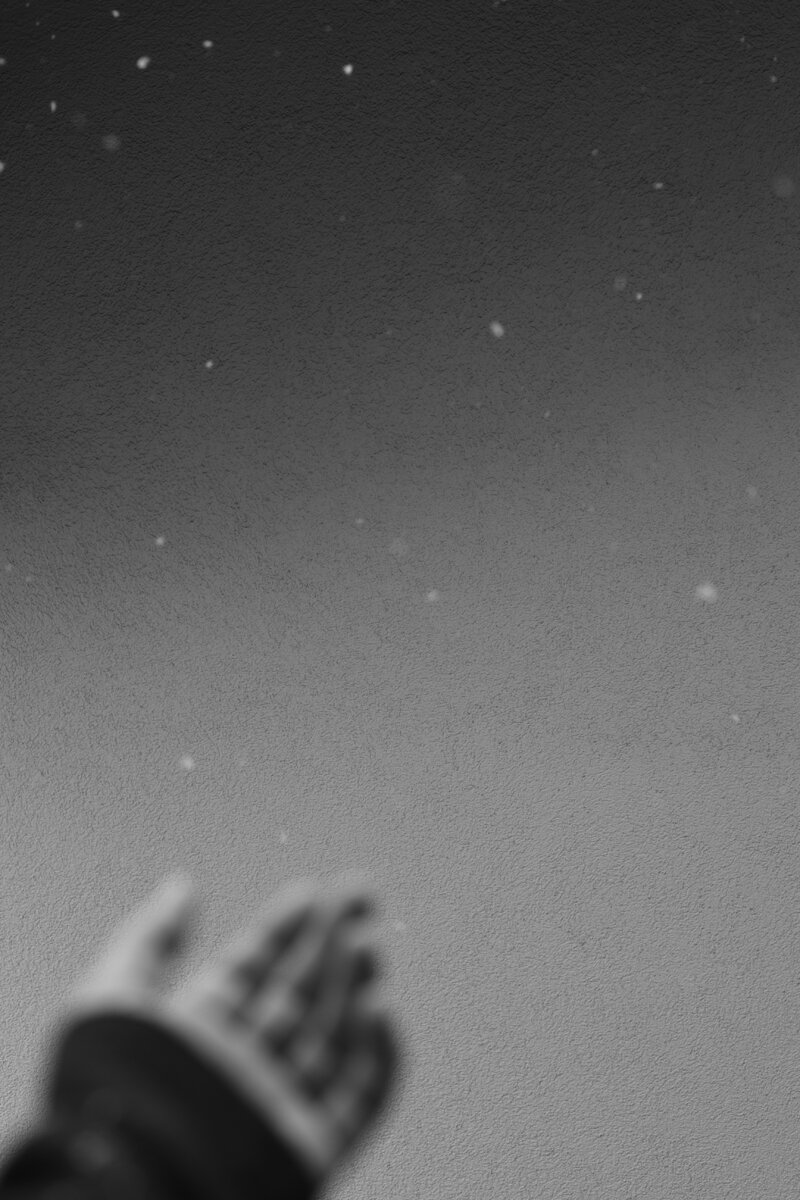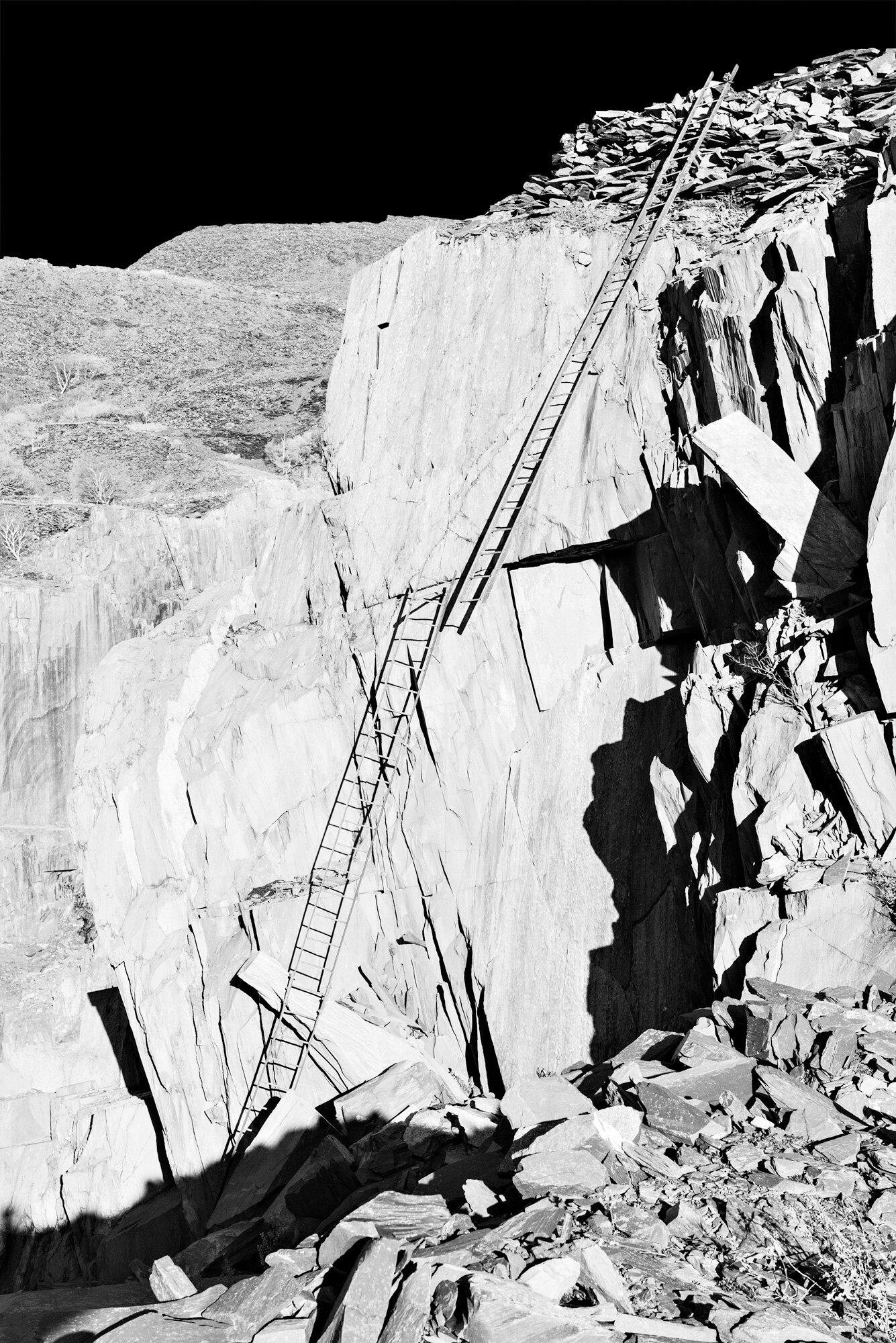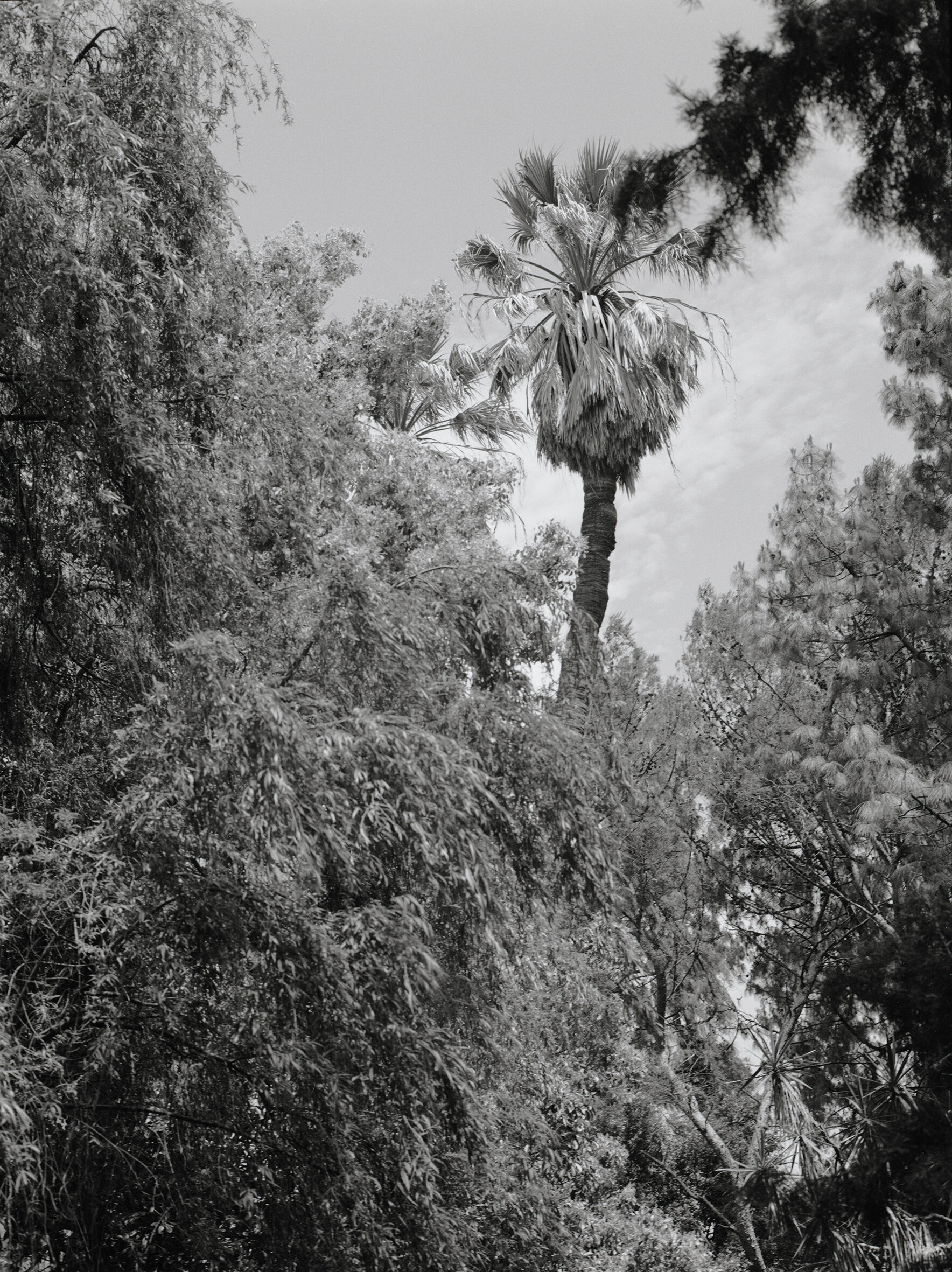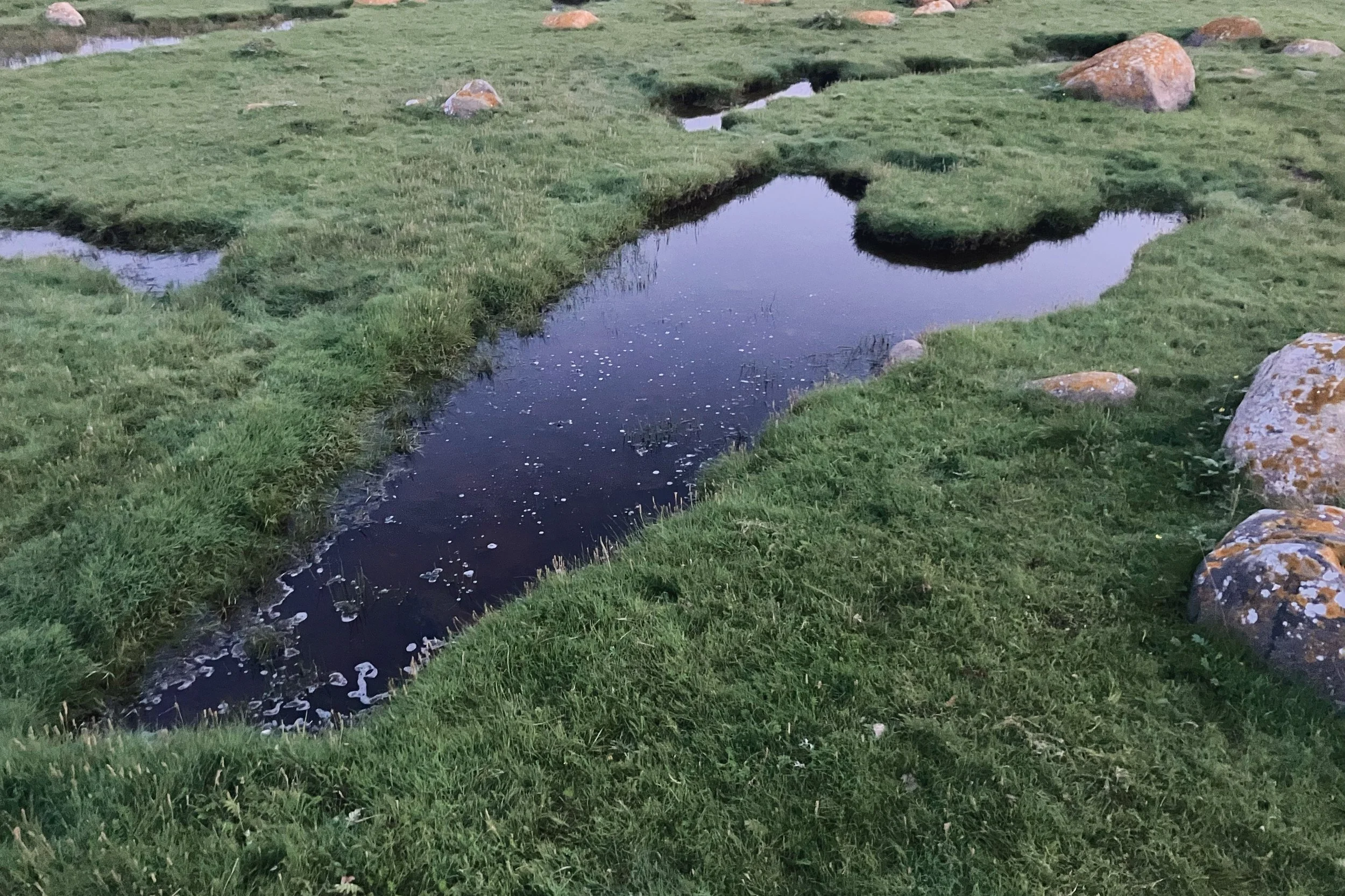Emma Bäcklund #39
EMMA BÄCKLUND
This interview focuses on the artistic process to the work seen in the Sculptural Landscapes show in Malmö, January 2021; we learn about Emma Bäcklund’s sculptural practice and how it relates to construction, deconstruction, or both.
Tell us about your process. What reference or influence (if any) do you take from other mediums?
As a starting point in the work “Belly of the Beast” I was influenced by Marcel Duchamp’s “Étant Donnés”; a mixed media installation where the visitor observes the work through two peepholes. The peep hole acts as a performative space of voyeurism and a paradox of the latent while exposed close-up. Another reference is the screen; a landscape through which we excessively experience intimacy and otherness as a consequence of the technological revolution, media society and most recently in light of the pandemic. For “On the Tongue of some Animal'' I filmed myself with an endoscope camera, initially invented for surgical use. I let the camera travel on the surface of my body, like an explorer investigating foreign land. Elements of vivid colours emerge from pressure on the skin when there is no longer distance between organic and artificial, camera and body. The close-up becomes a hiding place and questions an unfamiliarity of one’s own flesh. Artist and writer Isobel Wohl created textual elements as part of the video that aim to trigger a collision between intimacy and separateness, private and public. The text depicts a fictional dialogue borrowing language from online communication and metaphors of the micro and macro.
Are these pictures concerned with exploring formal and aesthetical interests – studies of form, colour, movement, how things work together, or are they representational, metaphorical?
The photographs and video are both metaphorical and in a way functional while I also aimed to create visual confusion and conundrum. Slippages between beauty and repulsion appear in the visuals. The photographs of glory holes are taken out of context and photographing with flash exposes them bare and play with their initial nature - hidden in darkrooms of clubs while also used for exposure, voyeurism and pleasure between unknown strangers. One may relate these images to cosmic bodies or micro environments and it may be hard to distinguish what is surface and what is the depth of field. By abstracting something it invites new meaning and so the observers' own imagination play a large part. Perhaps shifting the body into a strange landscape strips down fears around the unfamiliar and the foreign. What I hope to achieve while encountering this work is both familiarity and disorientation as well as a feeling of unintentionally imposing on a private situation.
Typically, are your works more about construction or deconstruction?
I find it hard to separate these terms as for me they are part of the same coin. Destruction may involve discovery, picking apart, recognition and understanding the underlying and unspoken. It may challenge rooted inhibitions and ways in which we are used to think, do or see. “..we will not listen to the source itself in order to learn what it is or what it means, but rather to the turns of speech, the allegories, figures, metaphors into which the source has deviated, in order to lose it or rediscover it—which always amounts to the same.” - Jacques Derrida, who also dreamt of a pen that would be a syringe. That idea of something being a source of creation while simultaneously absorbing and taking. For me it is about recontextualizing and inventing new frames of reference where dissection is unavoidable. There needs to be both critic and curiosity in this unravelling, I believe.
Using the body as a subject aims to deconstruct habitual perceptions of it, by activating new paths for the habits to wander. I see this as a very ongoing process and something that takes work which one has to accept never reaches a conclusion or point of climax. The aim instead is expansion through micro contractions.
Are you interested in the notion of your pictures as objects? Do you think about how their physicality may endure as you are photographing them or is that an afterthought?
They are objects as they are material forms placed in physical space, however I do not see them as inanimate objects. The physical process of making and the bodily relationship to images are important aspects for me while this process would often not occur without an ephemeral idea process and research stage. In this work, the photographic course of action was very intuitive and photographing with an analogue 35mm camera leaves a lot to chance which I enjoy. It also relates to a temporality of the space where I photographed which in this context mirrored my intention - as a brief encounter. Initially I planned to use a 5x4 camera but realised it would have demanded much more of the space. Almost in a colonial sense of occupying space which is interesting in the context of a club darkroom as opposed to a photographic darkroom.
The medium of the observer's body is always hovering in the background while I make work and in this case it conceptually echoes a paradox of proximity and distance in relation to the body. I am curious about the stage of exhibiting when the work belongs instead to the viewer who may apply different meanings, like alchemy of thoughts. Duchamp said something like this; “Intention disappears with use, actions other than those initially intended appears”
Often sculptural photographic works are concerned with elevating banal objects, situations or events to a status of ‘art’ – when does something become art for you?
Mundane objects become subject of art depending on its viewpoint and the idea process it is weaved into or emerges from. When drawing for instance, one has to look in a different way and this way enables one to see the strangeness of what it is one is looking at. Similar to photography because of its violent, if you like, cut out, one can begin to look in a way that is otherwise impossible. However, most importantly I think something becomes art when it has the ability to amplify rather than reach a point of closure. Through this inflation, it lingers into other thinking processes and other works of art. It is not to think of art as something that will change everything but rather to work with the minor gestures. Perhaps that is why banality and the mundane are important channels in which ideas can be expressed.
We are living in a time where we engage with and absorb an excess of images and information everyday. The paradox is that flatness through accessibility and algorithms create narrower perspectives. I think the banal objects, situations or events around us need to be confronted, criticised and twisted around now more than ever.
Emma Bäcklund is a Swedish artist whose practice includes photography, performance and installation. She draws from her background in dance and interest in neuroscience to make work that is deeply influenced by both cognitive and physical experiences. Her work explore performative aspects of the photograph and the influence images have on habitual and gestural relations. Emma received her MA in Photography from the Royal College of Art, London, U.K, in 2017. Previous education includes a BA in Photography from London College of Communication (2015) and a Foundation Diploma in Graphic Design from Central Saint Martins College of Art and Design (2012), as well as an Art and Design Diploma from Stockholm University of Arts, Stockholm, Sweden (2010). She is currently part of the European Prospect project “A Woman's Work” and organiser of Artists and Allies Berlin. Her practice stretches into fields of curation, event programming, workshops and teaching.
Published 15 January 2021


